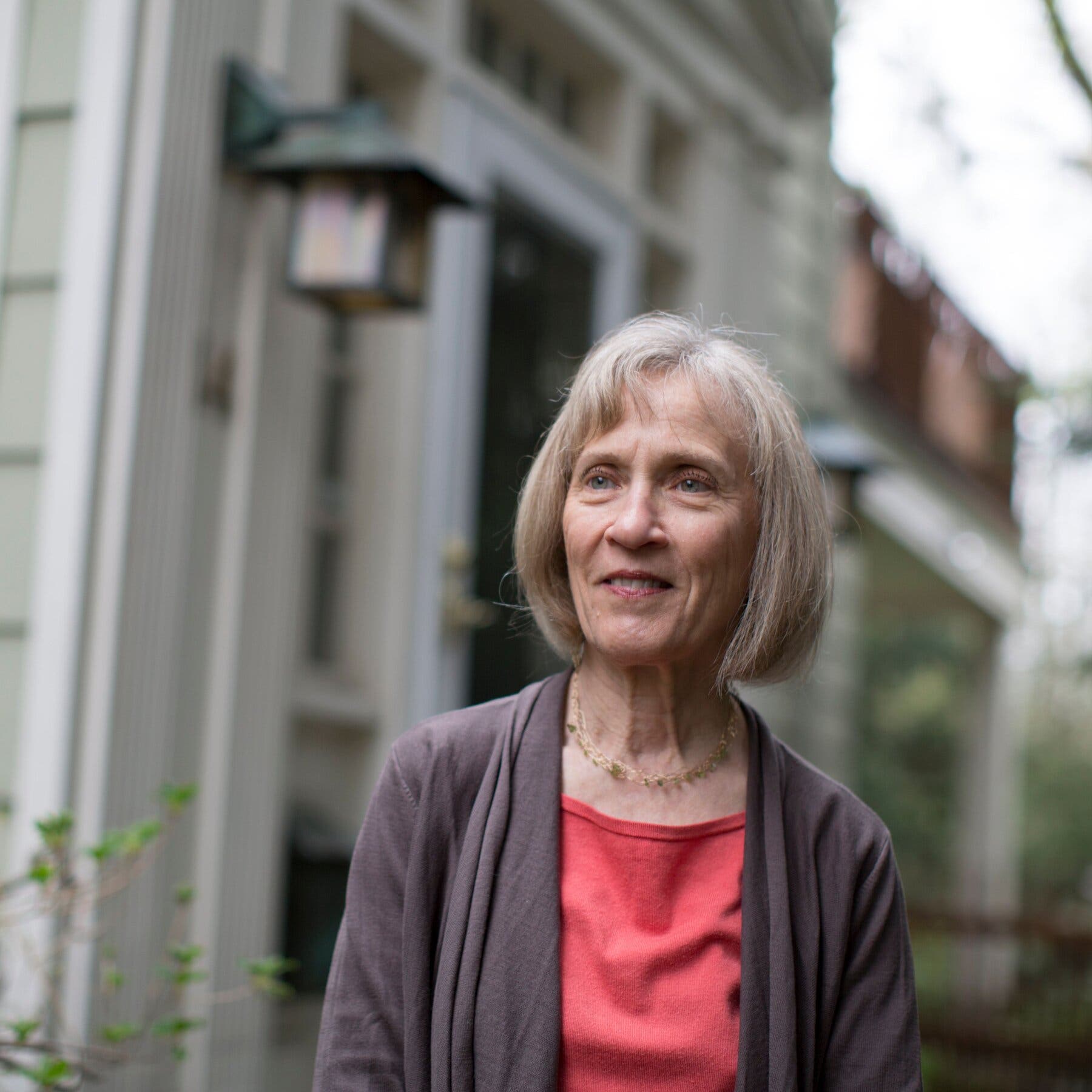According to the official website of the Nobel Prize Awards, Claudia Goldin, of Harvard University in Cambridge, MA, USA, has been selected to receive the Sveriges Riksbank Prize in Economic Sciences in Memory of Alfred Nobel 2023. Goldin has been recognised “for having advanced our understanding of the outcomes of the labour market for women.”
Claudia Goldin has scoured the archives and collected data from the United States spanning over 200 years, allowing her to show how and why disparities between men and women in income and employment have evolved over time.
Goldin demonstrated that the percentage of women actively seeking and holding jobs did not increase steadily during this time period, but rather followed a U-shaped pattern. In the early nineteenth century, as society shifted from an agrarian to an industrial one, married women’s participation fell; however, by the early twentieth century, as the service sector expanded, their numbers began to rise again. Goldin attributed this trend to institutional shifts and shifting cultural expectations for women’s roles at home and in the workplace.
Women’s education levels rose steadily throughout the 20th century, and they are currently significantly higher than men’s in most high-income countries. Goldin showed how the availability of the contraceptive pill facilitated this revolutionary shift by opening up fresh avenues for future professional development.
A century of modernization, economic progress, and increasing female labour force participation did little to close the gender pay gap. Goldin posits that one possible explanation is the early age at which people make educational choices that can have a lasting effect on their economic prospects. If young women’s expectations are shaped by the actions of their moms, who may have waited to return to the workforce until their children were older, then progress will be sluggish.
Differences in educational attainment and occupational preference have historically accounted for a sizable portion of the wage disparity between men and women. Goldin has shown, however, that this wage gap is now primarily between men and women in the same occupation, and that it largely occurs after the birth of the first child.
The importance of women’s labour cannot be overstated. Jakob Svensson, chair of the Committee for the Prize in Economic Sciences, explains that Claudia Goldin’s work has shed light on the fundamental causes and potential future hurdles that will need to be overcome.

Leave a Reply